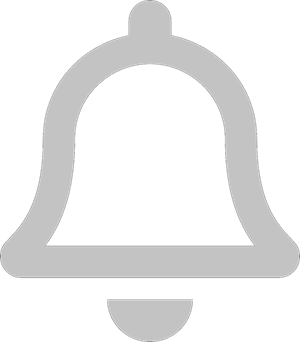Are you taking on too much risk?
How to know what level of risk are you willing to
 Nov 24 2022
Nov 24 2022
All investments carry some level of risk. To determine whether your portfolio is appropriate for the level of risk that is appropriate for you, first check the maximum loss you are willing to accept, and only then find out whether the portfolio's components comply with the rules you have established.
Many investors assess the level of risk in a given investment based on only one criterion: its stock exposure. However, it has been discovered that this approach, while relatively common, is incorrect and may even harm your all investment portfolio.
Stock exposure is an index for assessing risk, but it is only one of many. For example, a portfolio with 100% exposure to stocks but diversifying in a large number of markets, sectors, and stocks with low correlation between them to achieve maximum diversification, and a portfolio with a limited number of bond series with high levels of risk.
How To Test Your Risk Level?
Examine Each Investment
Perform the examination at the level of the individual investment component - and not only at the level of the investment channel. The advantage is that we look at each investment on its own, and not generalize. The disadvantage is the complexity required to perform the examination on a large number of components in the investment portfolio, especially in light of the fact that we aim to spread the investment portfolio as much as possible.
Check Past Performance
Viewing the historical performance of the various components of the portfolio. However when examining bonds in a low interest rate environment with an expected increase, the potential for capital losses is higher.
How Much Risk You Are Willing To Take?
Even before examining the portfolio's composition, the best way to determine the appropriate level of risk for us is to determine the amount of the maximum loss we are willing to absorb.
It is critical to remember that the risk of loss in an investment portfolio is almost always present. Even if we have a strong belief in the investment and believe it is the best. The greater the potential return, the greater the risk. This holds true for all investment components, not just stocks, as is commonly assumed. A long-term government bond, for example, can provide a higher return than a short-term government bond, but it also has a higher loss potential.
After we have defined our risk limit, for example, a maximum loss of 4% per year, we will approach the investment portfolio and examine it in accordance with the highlights mentioned earlier. If the loss potential is higher than the maximum limit we have set for ourselves, we will make adjustments in our investment portfolio.
Conclusion
The most important thing is to adjust the various investment components in the portfolio to our risk profile, rather than assuming that the market will always rise or trusting that we will be able to identify market trends in real time. History shows that when a market falls, it usually falls quickly, and those who are unprepared will have a difficult time making the necessary corrections in real time.
Unlock Exclusive Stock Insights!
Join StocksRunner.com for daily market updates, expert analyses, and actionable insights.
Signup now for FREE and stay ahead of the market curve!
Why Join?
Find out what 10,000+ subscribers already know.
Real-time insights for informed decisions.
Limited slots available, SignUp Now!
Please note that the article should not be considered as investment advice or marketing, and it does not take into account the personal data and requirements of any individual. It is not a substitute for the reader's own judgment, and it should not be considered as advice or recommendation for buying or selling any securities or financial products.



 Green.Day.Trader
Green.Day.Trader













Comments
Please Login to add comment